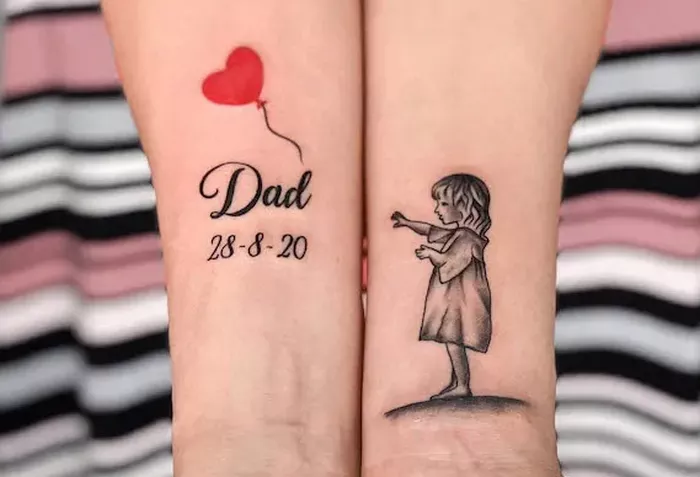Tattoo artists use various tools and techniques to design tattoos. The design process is an essential part of tattooing, as it allows the artist to create a unique and personalized design that meets the client’s expectations. In this article, we will explore in more detail what tattoo artists use to design tattoos, including pencils, markers, tracing paper, computer software, and specialized tattoo design software. We will discuss the benefits and drawbacks of each tool and how they are used in the design process.
Pencils:
Pencils are the most basic tool used by tattoo artists to design tattoos. They are versatile and easy to use, allowing the artist to create a rough sketch of the design. Pencils come in a variety of lead types, including graphite, charcoal, and colored leads.
Graphite pencils are the most common type of pencil used by tattoo artists. They are versatile and allow the artist to create a range of shading and line work. Charcoal pencils are also popular, as they create a more dramatic and textured effect. Colored pencils are used to add color to the design and create a more vibrant and detailed image.
Pencils are useful for creating a rough sketch of the design and exploring different ideas. They allow the artist to experiment with different shading and line work techniques and create a basic outline of the design. However, pencils are not suitable for creating a final design, as they can be difficult to erase or correct.
Markers:
Markers are another tool used by tattoo artists to design tattoos. They are similar to pencils but provide a more consistent and bold line. Markers come in a range of tip sizes and colors, allowing the artist to create a variety of effects.
Markers are useful for creating a bold and graphic design, but they can be difficult to erase or correct. They are also prone to bleeding and smudging, which can affect the quality of the design. However, markers are useful for creating a final design that can be easily transferred to the skin.
Tracing Paper:
Tracing paper is a thin, translucent paper used by tattoo artists to transfer a design from paper to skin. The artist creates a design on the tracing paper, which is then transferred to the skin using a transfer solution.
Tracing paper is useful for creating a precise and detailed design, as it allows the artist to see the design clearly and make any necessary adjustments. However, tracing paper can be difficult to work with, as it is fragile and can tear easily. It is also not suitable for creating a final design, as the design will need to be transferred to a stencil before it can be tattooed.
Computer Software:
Computer software is becoming increasingly popular among tattoo artists as a tool for designing tattoos. Software such as Adobe Photoshop and Illustrator allow the artist to create a digital design that can be easily manipulated and edited.
Computer software is useful for creating complex and detailed designs, as it allows the artist to create and manipulate multiple layers of the design. It also provides a more accurate representation of the final design, as the artist can see the design on a screen before transferring it to the skin. However, computer software requires a certain level of skill and knowledge, and it can be expensive to purchase and maintain.
Specialized Tattoo Design Software:
Specialized tattoo design software is another tool used by tattoo artists to design tattoos. This software is specifically designed for tattoo artists and allows them to create and manipulate designs that are optimized for tattooing.
Specialized tattoo design software includes features such as stencil creation, color matching, and the ability to create designs that fit the contours of the body. This software is useful for creating complex and detailed designs that are optimized for tattooing. However, specialized tattoo design software can be expensive and requires a certain level of skill and knowledge to use effectively.
Conclusion:
Designing a tattoo is an essential part of the tattooing process, and tattoo artists use a variety of tools and techniques to create unique and personalized designs for their clients. Pencils, markers, tracing paper, computer software, and specialized tattoo design software are all useful tools in the design process, each with its benefits and drawbacks. By using these tools effectively, tattoo artists can create beautiful and meaningful designs that their clients will cherish for a lifetime.
Related topics:

